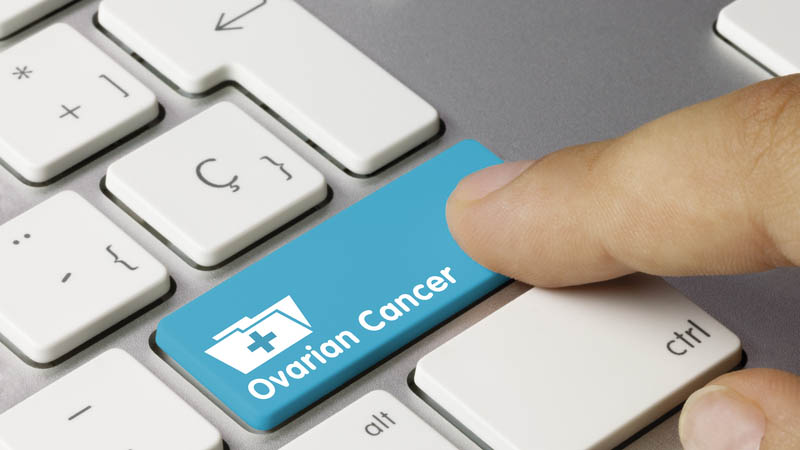Cisplatin – a ”by-chance” drug
Barbara Kozakiewicz1, Monika Kaczmarczyk2
 Affiliacja i adres do korespondencji
Affiliacja i adres do korespondencjiThe paper is an overview of metal-containing compounds, i.e. platinum derivatives, used to create extremely active oncologic drugs. Platinum derivatives are in use for about 40 years in the treatment of most (nearly 80%) malignant tumors. Among metal-containing drugs, platinum derivatives are longest in use; they are very active tumor-destroying agents, have a potent antitumor effect and are the basis of several multidrug protocols. Unfortunately, apart of their antitumor effect, cisplatin has also considerable toxicity manifesting in many organ systems. Second- and third-generation platinum derivatives are being developed, aiming at reduction of these unfavorable effects while preserving or even enhancing its antitumor activity. In order to reduce platinum-related toxicity, such modalities as cytoprotection, pharmacogenetics and molecular biology are resorted to, aiming at isolation of active genes participating in the development of drug resistance. The aim of cytoprotection is to protect and strengthen normal tissues against deleterious impact of chemotherapy by rapid regeneration of healthy tissue, with no reduction of activity of cytostatic drugs. Pharmacogenetics aims at discovery of genes, their interactions and responses to particular cytostatic agents used in oncology. The goal is to point-out patients most at risk of developing unacceptable toxicity, even before application of the drug. History of use of cisplatin in the treatment of tumors indicates that improvement of treatment outcomes is the sum-total of inputs of interdisciplinary teams: chemists, biologists and oncologists.









